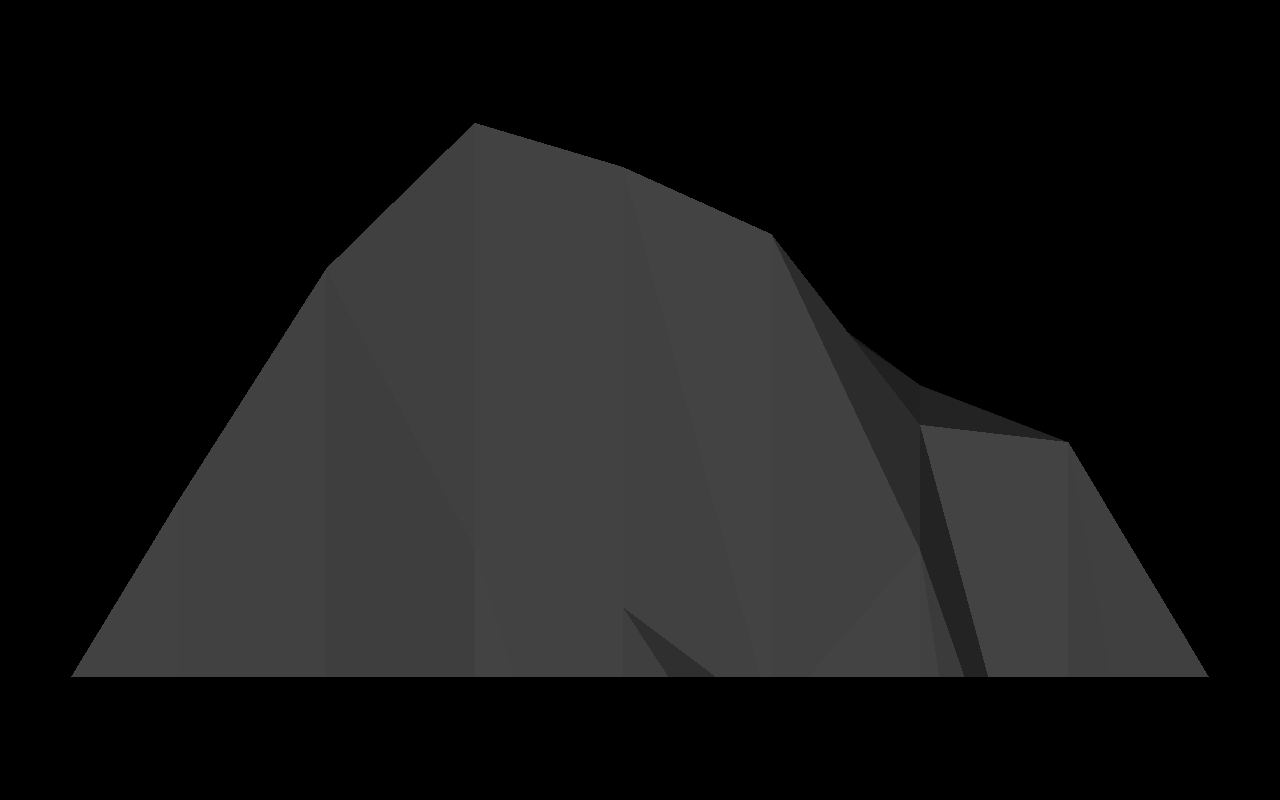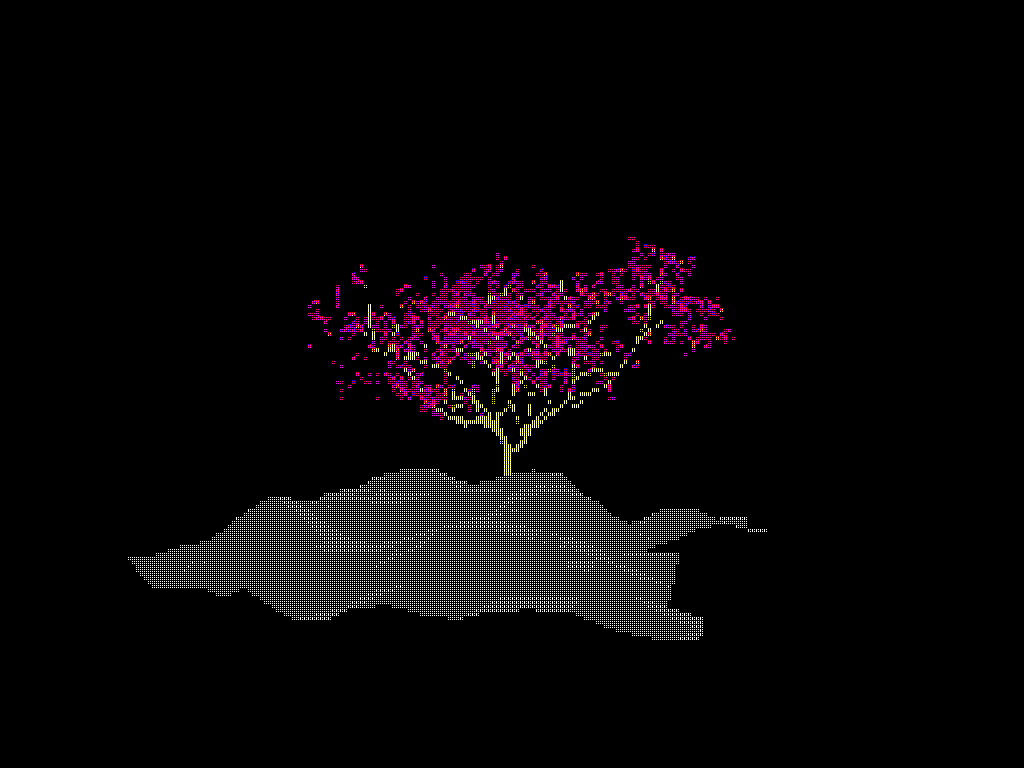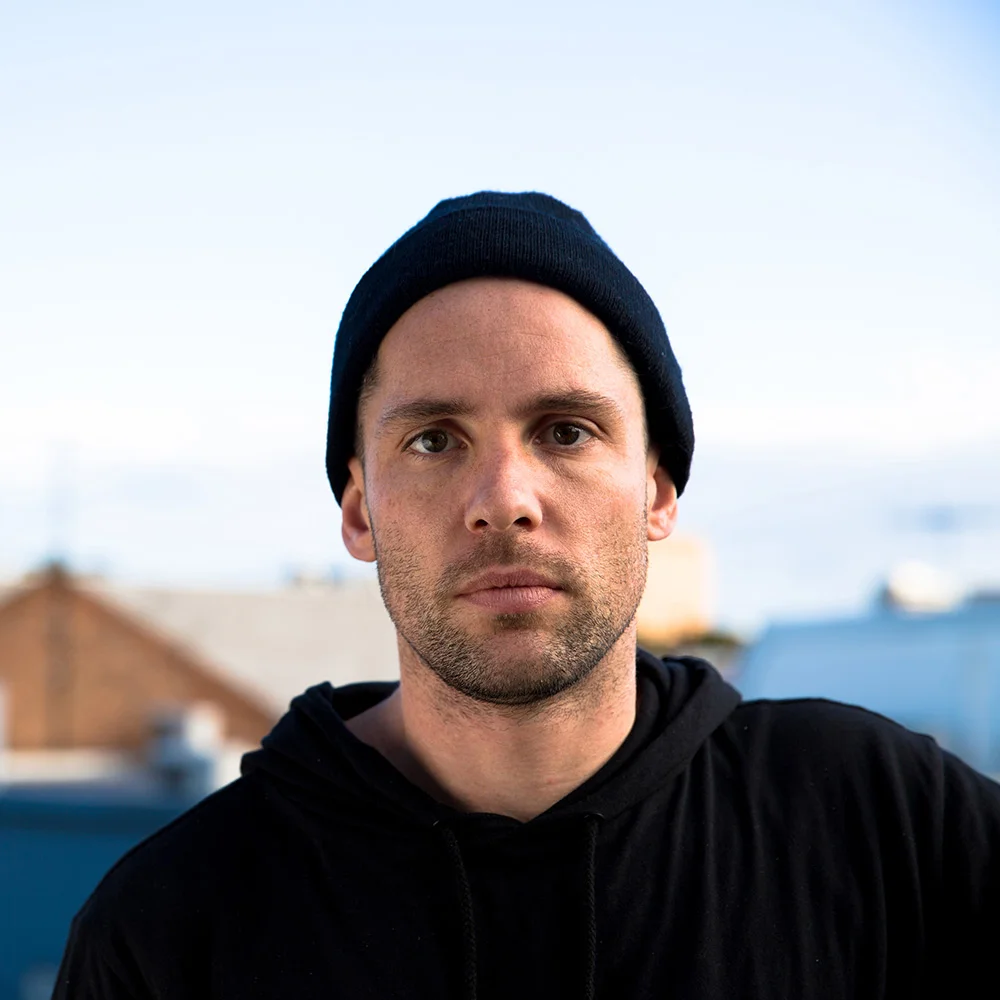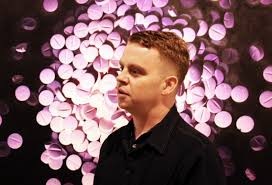Unnatural
Curated Exhibition // Summer 2018
Nature has always been subject to our fascinated, yet distant, observation. Paintings and photographs depict the natural environment as a placid, domesticated landscape or a mesmerizingly sublime scene. These depictions are, in fact, fictions, yet we perceive them as faithful representations of the outside world. As the global population concentrates in cities and increasingly interacts with its surroundings through digital devices, the separation between natural and artificial blurs: in the city, trees are artificially lined along the sidewalks or conveniently grouped in parks, while citizens stare at the beautiful image of a beach in Koh Samui decorating the desktop of their computers. In this selection of artworks, several artists address the subject of landscape going beyond the mere illusion of a “natural” nature to confront us with visions of an environment made by and for humans, clearly artificial yet somehow capable of inspiring a calm and absorbing contemplation.
Pau Waelder
Joe Hamilton
Hyper Geography
In this video, the artist develops his signature method of digital collages in which images of landscapes are combined with everyday objects from our industrialized societies. Natural spaces and artificial environments blend into each other in a project that was inspired by a visual conversation taking place among members of the community of Tumblr, a network that facilitates capturing, re-using and re-contextualizing found images. The work addresses how nature –and, in particular, extreme environments such as deserts and polar regions– are turned into images that adorn our screens.
Felix Luque
MemoryLane (One Display Version)
This video is part of the installation "Memory Lane" by Félix Luque & Iñigo Bilbao. http://felixluque.com/Memory-Lane One Display Version (Ed of 3) Dual Display Version (Ed of 3) Install Version (Ed of 3) "Memory Lane' was inspired from several locations in the districts of Ribadesella and Llanes, Asturias (Spain) which shape Félix Luque and Iñigo Bilbao's childhood and youth memories. Better yet, these natural environments – strands, rocky areas, woodland – do not simply inspire this project: they literally feed it. Turned into data via 3D scanning and modelling, these locations served as mould to the sculpted pieces the final installation consists of. On the one hand, a camera slowly traveling through a 3D model depicts on two big screens the locations which are now nothing but millions of white dots on a black background. Objects are gently outlined so that one can still make out thick woodland and rocky areas. Yet, the black-and-white image is dimly lit at its core and one is left but imagining what cannot be actually seen and could possibly lurk in the darkness". .. "The installation forms in this way a coherent unit: sand rock and landscape – slowly shifting together and coming through as hyper-realist as well as clearly artificial – are two aspects of the same investigation on memory and space, on perception of reality and on the human capacity of generating fiction, either by means of a simple child's game or of a complex technological process". text by Pau Waelder
Felix Luque
D.W.I: Chaos (Smoke)
This video is part of the installation "Different Ways to Infinity" by Félix Luque Sanchez. http://felixluque.com/D-W-I 3D Animations by Iñigo Bilbao Focusing on the limits between scientific modelization and reality, theory and perception, the installation plays with different meanings of the endlessness. D.W.I gathers experiments as fictional strategies to generate infinity: The complexity of chaos, the space filling capacity of the rhombic dodecahedron, the replication of motorized mechanical systems as clones, or a machine’s effort to raise a pendulum against gravity. “The ancient alliance has been destroyed; man knows at last that he is alone in the universe’s indifferent immensity out of which he emerged only by chance”. (Jacques Monod). The 3d animations focus on computational fluid dynamics, which is a contemporary research field influenced by the chaos theory paradigm. The first video illustrates the behaviour of virtual volcanic smoke, which flows in different volumes. In these synthetic images, computation embraces the tangible in an impressive simulation of nature and reality. In the second video, the explosion of millions of virtual particles creates complex forms. The resulting image is a fictional sky, a kind of “galaxy” cloudscape, generated by a computational simulation and based on our environment’s physical conditions.
Joe Hamilton
Merge Nodes
Merge Nodes contains footage shot on location by the artist in 12 countries in the Middle East, Asia and Europe. The footage has been layered and edited in quick succession with sliding and zooming transitions inspired by the way we navigate digital maps. A mixture of natural and urban environments are featured in hot and cool climates with traditional panoramas and up-close details. The specific locations were chosen based on indirect flight paths between major hub airports to create a representation of landscape that traces the logistical infrastructure that allow these geographically separate perspectives to coexist.
Nicolas Sassoon
ISLE 2
Nicolas Sassoon
TREE STUDY 2
Grégory Chatonsky
Désunivers
An artificial intelligence flies over a world that resembles our own. One recognizes roads and mountains, valleys and traces. But this world is not the Earth. It is a second identical and different world. The memory of what we have been. In this work, the artist addresses the idea of a world without humans, generated and seen by a machine. It is also a foray into what he terms “Artificial Imagination” (Imagination Artificielle or ImA, in French), following the idea that to imagine is to produce images. According to Chatonsky, ImA transcends mere mimicry and could supplant an ability that has traditionally been reserved to the human mind, thus confirming that machines could replace every aspect of a human being.
Grégory Chatonsky
Movable picture
Pau Waelder
Art critic and curator, researcher in contemporary art and new media.
PhD in Information and Knowledge Society, Universitat Oberta de Catalunya (UOC) and Bachelor in Art History from the University of Barcelona. He has developed his career with a continuing interest in contemporary art and digital art, which he has explored from different perspectives: curator, critic, academic researcher and also working with contemporary art galleries.
Joe Hamilton
Artist
Joe Hamilton (b. 1982 Tasmania) makes use of technology and found material to create intricate and complex compositions online, offline and in-between. His recent work questions our established notions of the natural environment within a society that is becoming increasingly networked. Hamilton holds a BFA from the University of Tasmania and an MA from RMIT in Melbourne. His work has been included in recent group exhibitions at The Moving Museum Istanbul, The Austrian Film Museum, Kunsthalle Düsseldorf and The New Museum in New York.
Felix Luque Sánchez
Artist
Felix Luque Sánchez (Oviedo, Spain, 1976) is an artist whose work explores how humans conceive their relationship with technology and provides spaces for reflection on current issues such as the development of artificial intelligence and automatism. Using electronic and digital systems of representation, as well as mechatronic sculptures, generative sound scores, live data feeds and algorithmic processes, he creates narratives in which fiction blends with reality, suggesting possible scenarios of a near future and confronting the viewer with her fears and expectations about what machines can do.
Nicolas Sassoon
Artist
Nicolas Sassoon employs early computer imaging techniques to render architectures, landscapes, and natural forces. Sassoon’s practice translates ideas of materiality and immateriality into digital animations, installations, prints, and sculptures. His work explores the contemplative and projective dimensions of screen-based space, and how the digital image can express dimensions of the physical realm. Sassoon is based in Vancouver, British Columbia, Canada. He is a founder of the projects WALLPAPERS and SIGNALS.
Grégory Chatonsky
Artist
Born in 1971 in Paris, France. Lives and works in Paris and Montreal.
Technologies, and in particular the Internet, are an important source of reflection for Gregory Chatonsky. Shaping the paradoxes of the network and the discrepancies between its technological and existential dimensions could summarize a research that unfolds on several mediums : installation, video, photography, writing, drawing and sculpture.
His works could evoke infinite spaces in which the fragmentation of attention reigns. The network becomes a world in itself where the boundaries between technology and the human being become blurred. His practice attempts to draw the outlines of a new imaginary whose invention would be technical.
Grégory Chatonsky has participated in numerous solo and group exhibitions in France, Canada and abroad, including Imprimer le monde en 2017, at the Centre Pompidou, Capture : Submersion in 2016, at Arts Santa Mònica Barcelona, Walkers: hollywood afterlives in art in 2015, Museum of the Moving Image in New York, Telofossils in 2013, at the Museum of Contemporary Art in Taipei, Erreur d’impression in 2012, at the Jeu de Paume.








